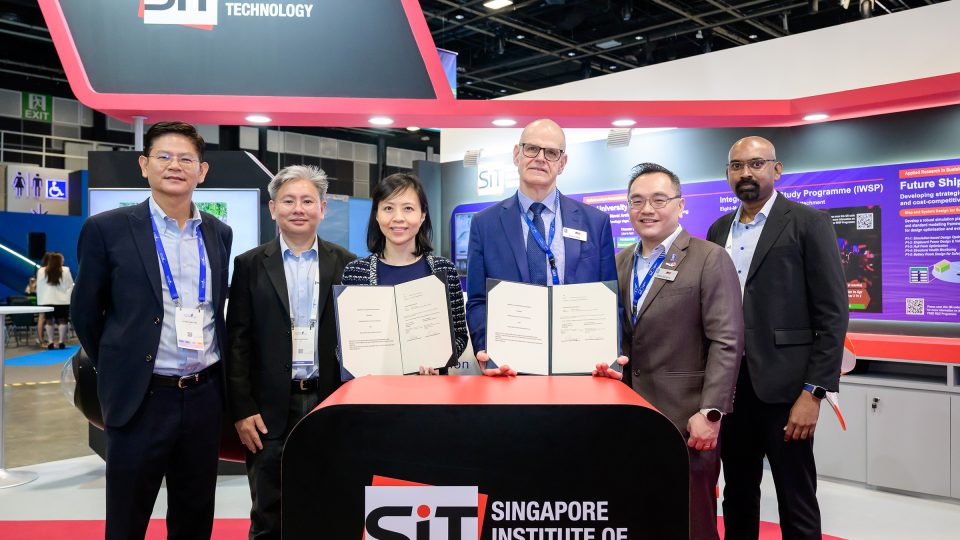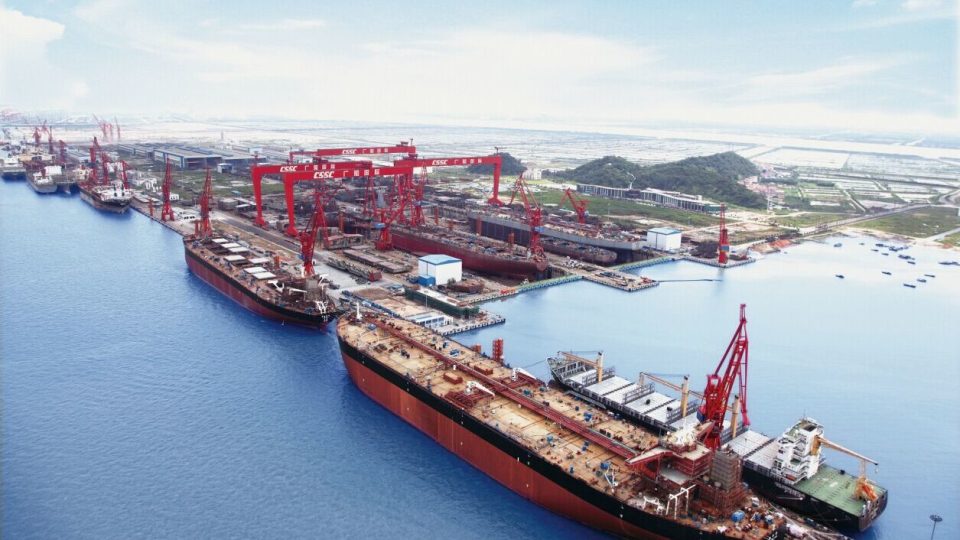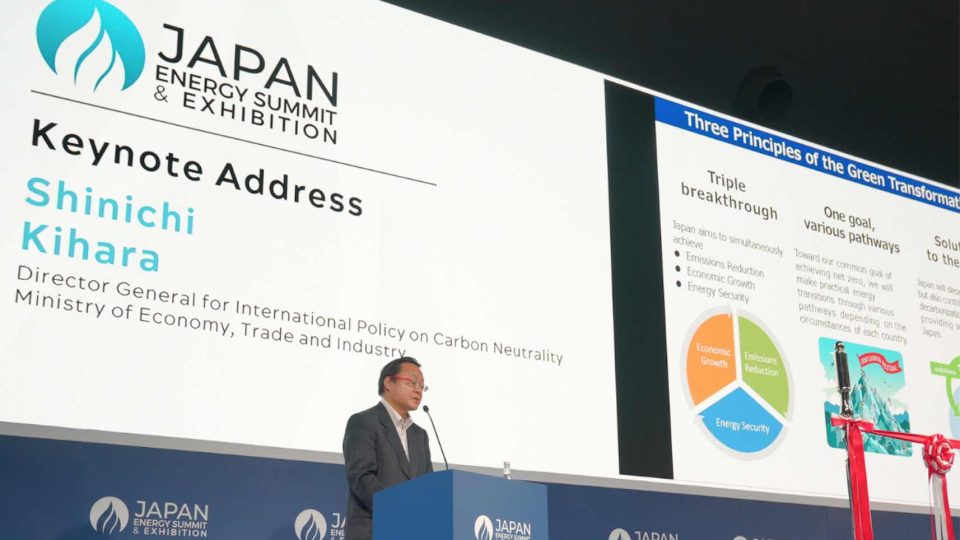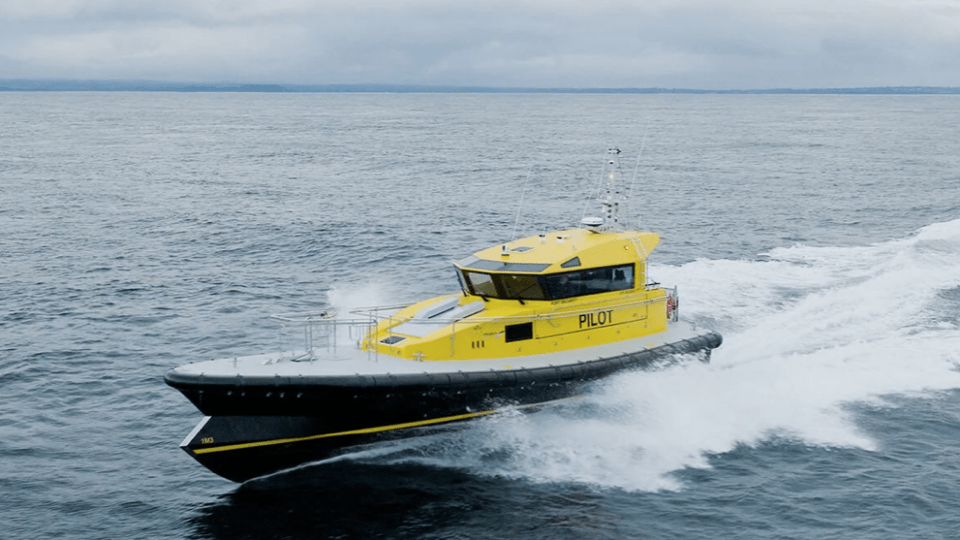Rolls-Royce Power Systems enhanced its marine portfolio
Rolls-Royce Power Systems repowered AVEMAR high-speed catamaran and launched IMO Tier III marine engines.
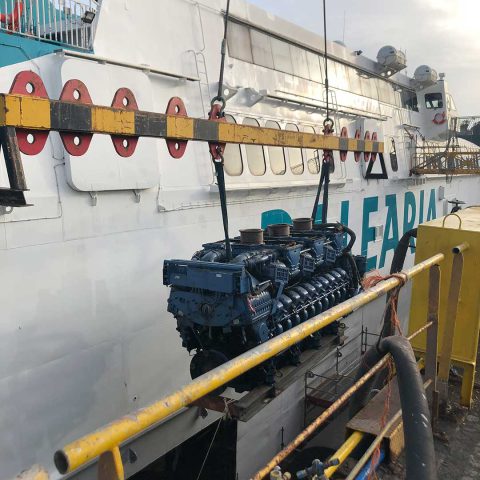
Rolls-Royce Power Systems repowered Spanish catamaran and launched IMO Tier III marine engines. Rolls-Royce‘s new mtu engines, new mtu ship automation system, and new mtu Go! tool for remote service have well and truly future-proofed the high-speed catamaran Avemar Dos run by Spanish operator Balearia.
Rolls-Royce and motu 20V marine engines
Four new-generation mtu20V1163 M84 units replaced the previous 1163 units, taking the vessel to a new level of ecological soundess. Fuel consumption – and with it CO2 emissions – are 8% lower than with the previous propulsion system. Furthermore, the new Series 1163 units deliver the same power output, but with a 33% reduction in nitrogen oxide emissions, thereby meeting the requirements of the IMO Tier II emissions standard. The ferry’s automation system has also been renewed: the mtu ship automation not only controls and monitors engines and gearboxes, but numerous other crucial ship systems such as fuel tanks and on-board generator sets. That means that the crew can benefit from an all-round view of the ferry. The new ship automation system brings not only new software, but new screens and computers with interfaces to other systems on board. The digital platform mtu Go! puts the finishing touch to the ferry’s all-round update, allowing the customer to remotely access the vessel’s operating data at any time, monitor its condition and predictively plan maintenance.
Serving the Strait of Gibraltar route and Balearic Islands
The Avemar Dos catamaran was built in 1996 by the Austal shipyard in Australia. It went into service in 1997 and following several changes of owner was taken over by ferry operator Balearia in 2008. It originally served the Strait of Gibraltar route between Algeciras and Ceuta. Now the new repowered ferry plies beween the mainland port of Denia and the Balearic islands of Ibiza and Majorca. The 82-m ferry can accommodate 855 passengers and 174 vehicles. Besides the Avemar Dos, the Ramon Lull high-speed ferry was recently re-powered using mtu engines – in this case Series 4000 units. Other high-speed ferries, like Nixe and HSC Formentera Direct, have used mtu propulsion ever since going into service.
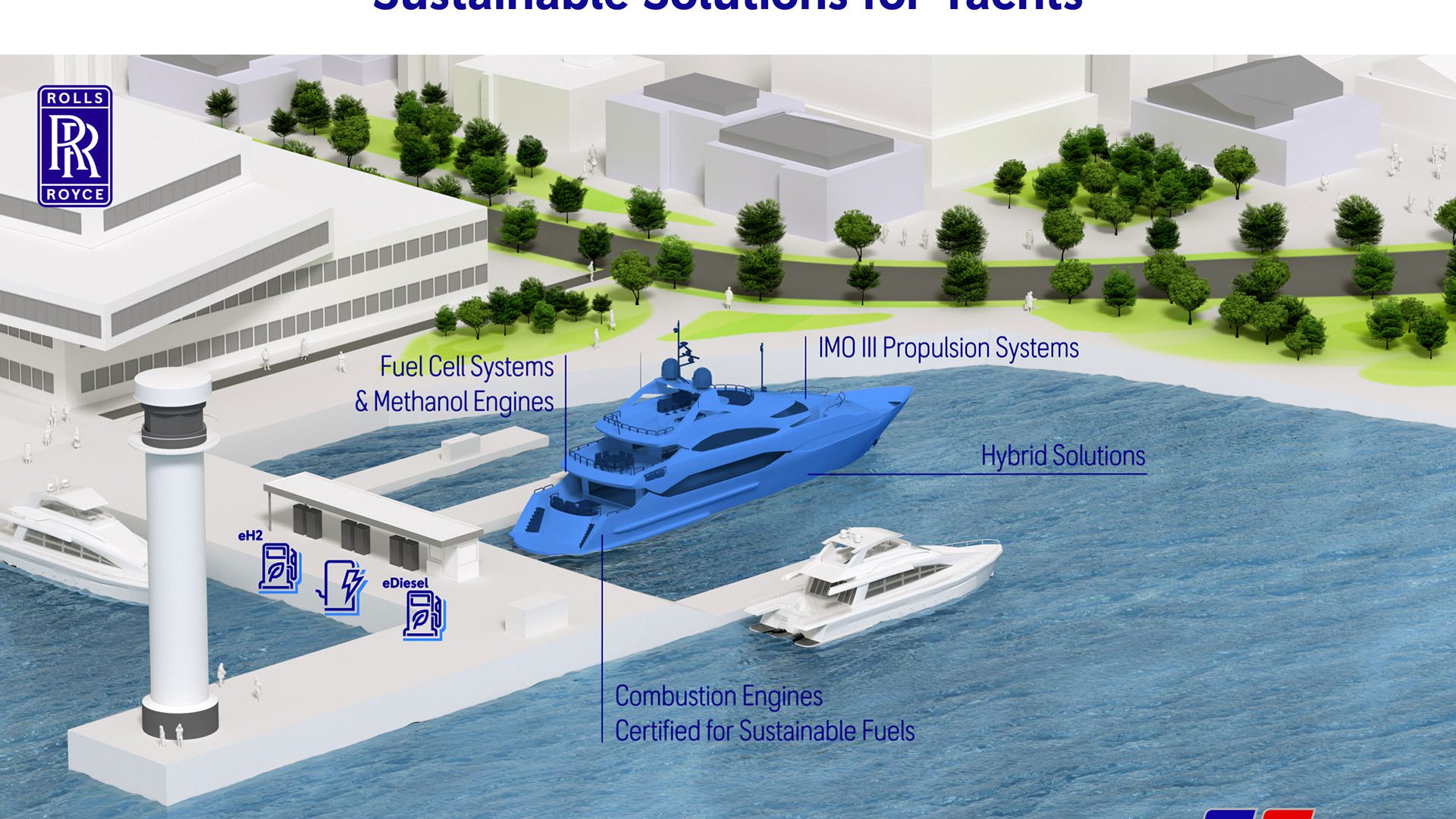
IMO Tier 3 mtu Series 16V2000M97L engines
A new generation of mtu Series 16V2000M97L engines will be available with an integrated exhaust aftertreatment system from April 2022. This will enable production yachts to sail in particularly protected areas, for example in ECA zones such as the North American coast, the Caribbean and the North and Baltic Seas. The systems with Selective Catalytic Reduction (SCR) units significantly reduce particulate and nitrogen oxide emissions. The IMO III propulsion system will be delivered for the first time this autumn and tested in a production yacht from the beginning of 2022. Further engine variants of the mtu Series 2000 will gradually become available for IMO III operation.
Rolls-Royce will initially offer hybrid solutions for production yachts with mtu Series 2000 engines and variable electric power, which will cover a power range of approximately 1,000 to 1,939 kilowatts per powertrain. In addition to the engines, the system also includes electric motors, gearboxes, batteries, control and monitoring systems and other electronic components. Rolls-Royce’s concept for an mtu series hybrid system comprises a modular building kit with standardized components and concepts for different vessel types and sizes. For yachts, a hybrid system brings high performance and significant gains in terms of comfort – with quiet, low-vibration and low-emission cruising. In purely electric operation, neither sulphur nor nitrogen oxide or particles are emitted.




